This article delves into the journey of wolves return into Yellowstone, highlighting the cascading effects on the ecosystem and the lessons learned from this bold conservation effort.
The reintroduction of wolves to Yellowstone National Park is a fascinating ecological rebalance and restoration tale. This significant event began in the mid-1990s and has since unfolded into a story of success and controversy, altering the park’s landscape in anticipated and unforeseen ways.
A Park Without Predators
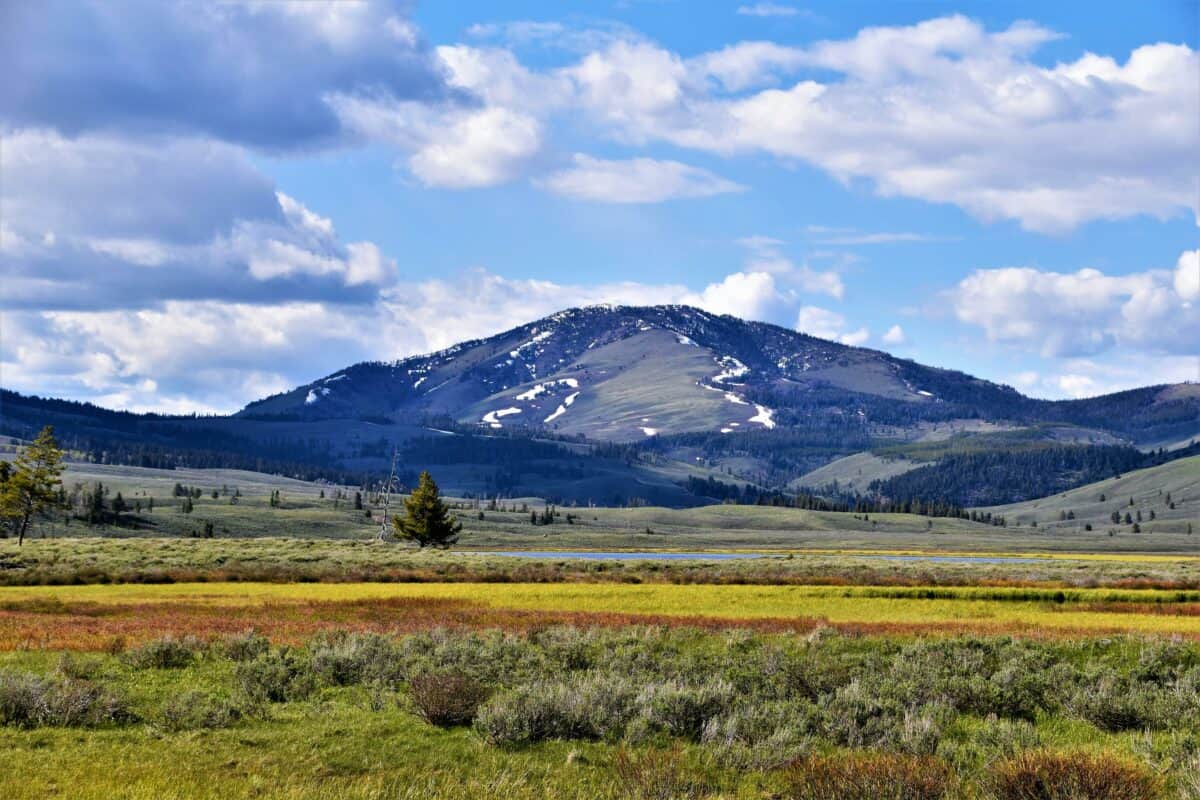
Before the reintroduction, Yellowstone National Park had been devoid of wolves, its top predator, for nearly 70 years. The elimination of wolves in the early 20th century led to unforeseen ecological imbalances, including overpopulated herds of elk and deer, which affected vegetation and the overall health of the park’s ecosystems.
A Bold Experiment Begins
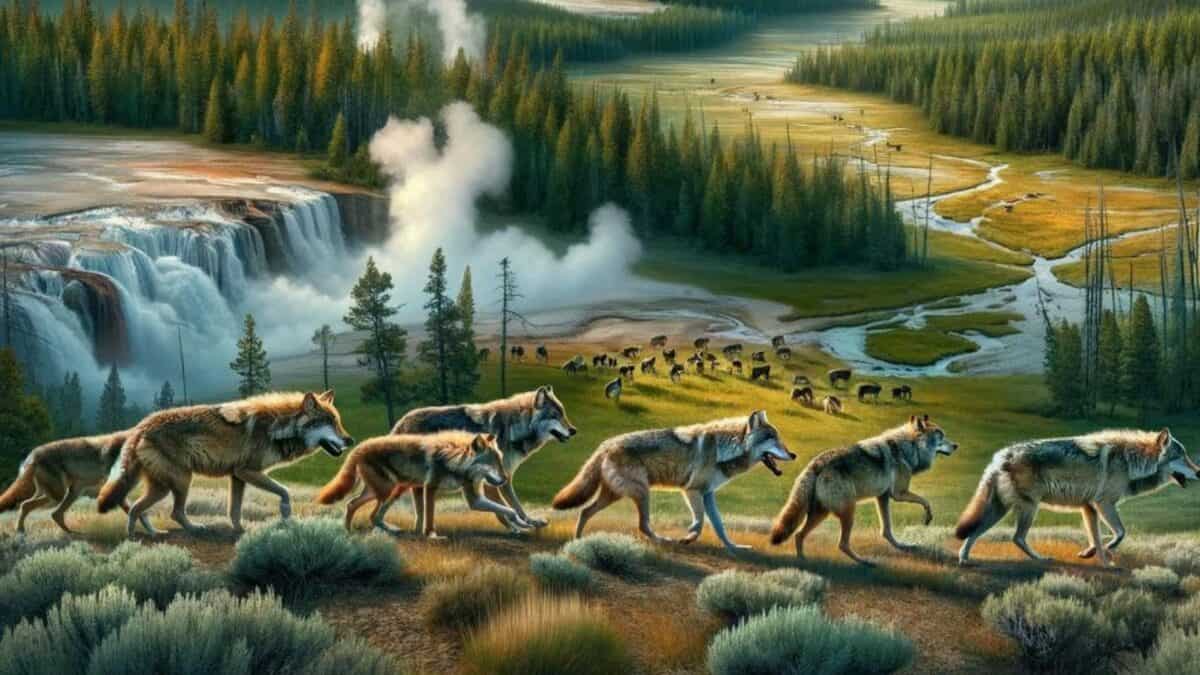
In 1995, wolves were captured from Canada and released into Yellowstone to correct these imbalances. This controversial move was met with mixed reactions, but it marked the beginning of one of the most successful predator reintroduction programs in history. The wolves adapted quickly to their new environment, establishing territories and beginning the process of ecological change.
The Ecological Ripple Effect
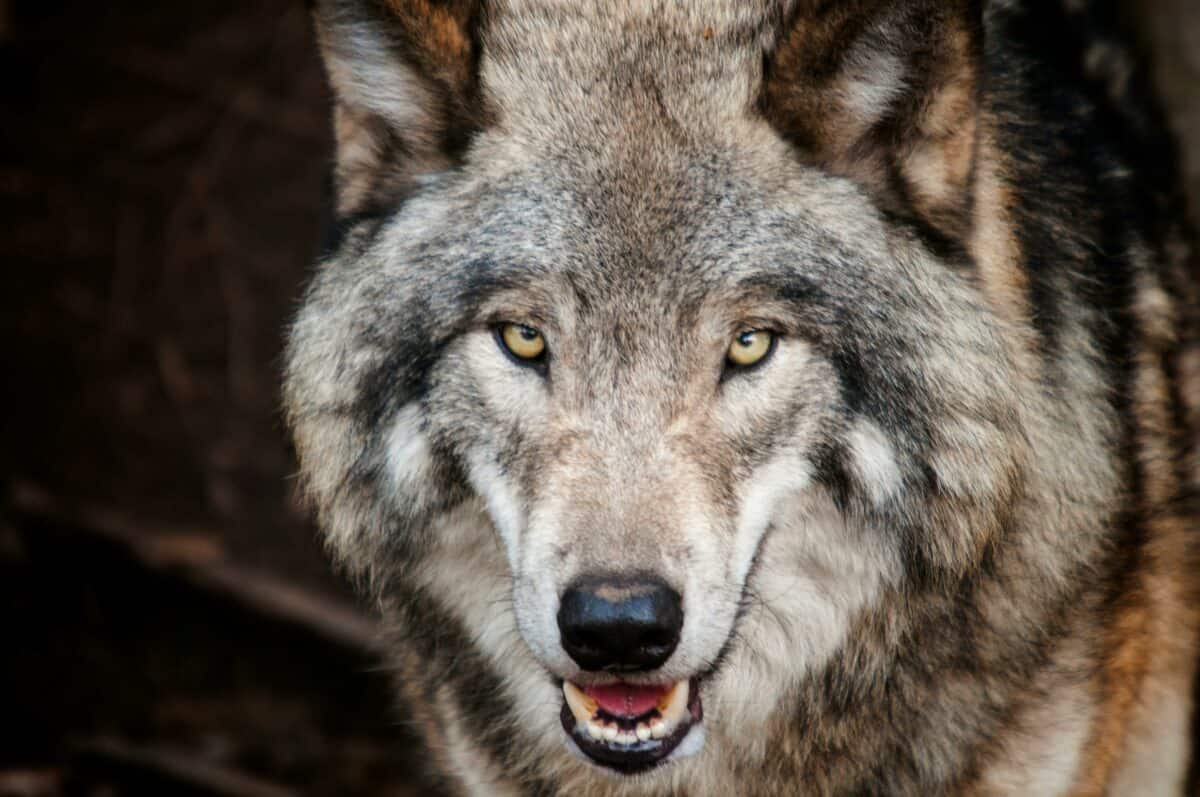
The return of wolves to Yellowstone has demonstrated the profound impact of trophic cascades, where the presence of top predators influences the population levels and behavior of herbivores, affecting the growth of vegetation and the ecosystem’s health. Wolves thinned out the overpopulated elk herds, allowing overgrazed areas to regenerate. This regeneration has increased biodiversity, with benefits rippling through the ecosystem, affecting everything from beaver populations to birdlife.
Navigating the Human-Wildlife Dynamic
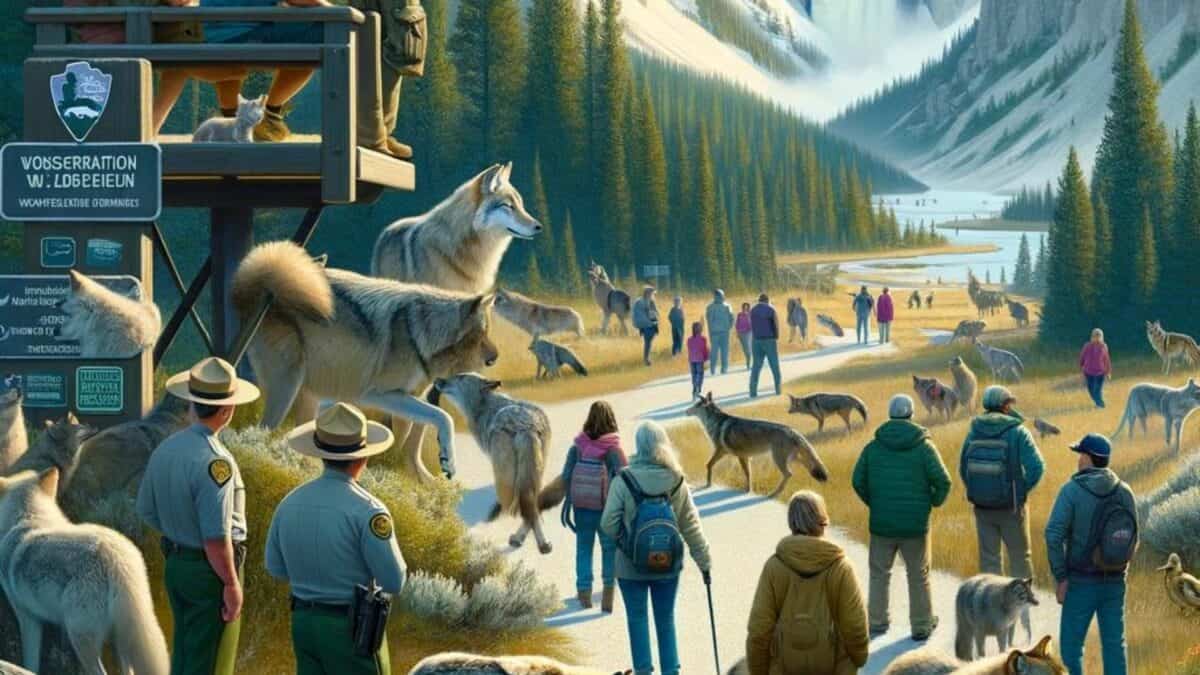
Moreover, the reintroduction of wolves has been subject to controversy. Ranchers and farmers outside the park have expressed concerns over livestock losses, leading to debates over wildlife management and conservation priorities. Efforts to promote coexistence through non-lethal deterrents and compensation programs have been essential in navigating these complex human-wildlife dynamics.
Lessons from Yellowstone
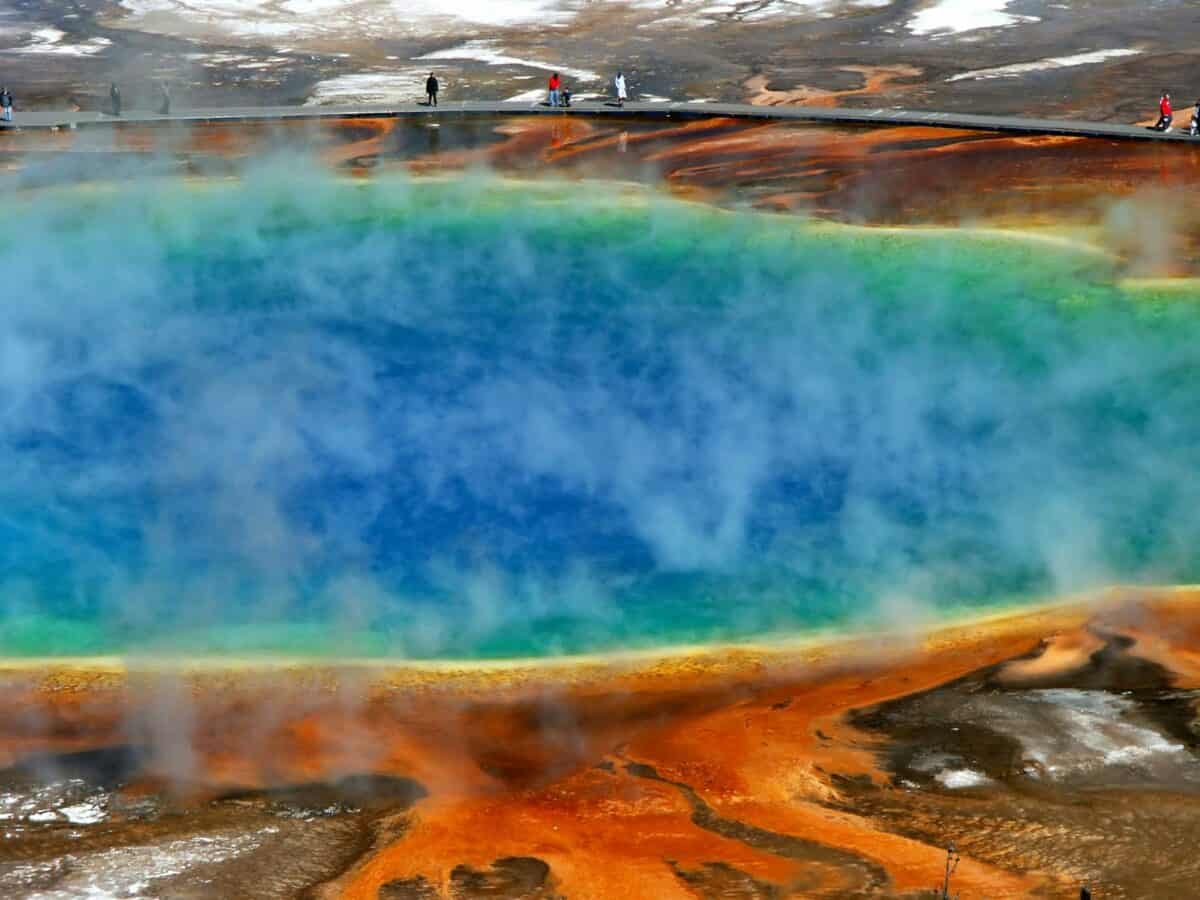
Yellowstone’s wolves have taught us invaluable lessons about nature’s complexity and resilience. The reintroduction has served as a global benchmark for wildlife conservation, demonstrating the importance of predators in maintaining ecological balance. Further, it underscores the interconnectedness of species and habitats, reminding us of our role as stewards of the natural world.
Sustaining the Balance
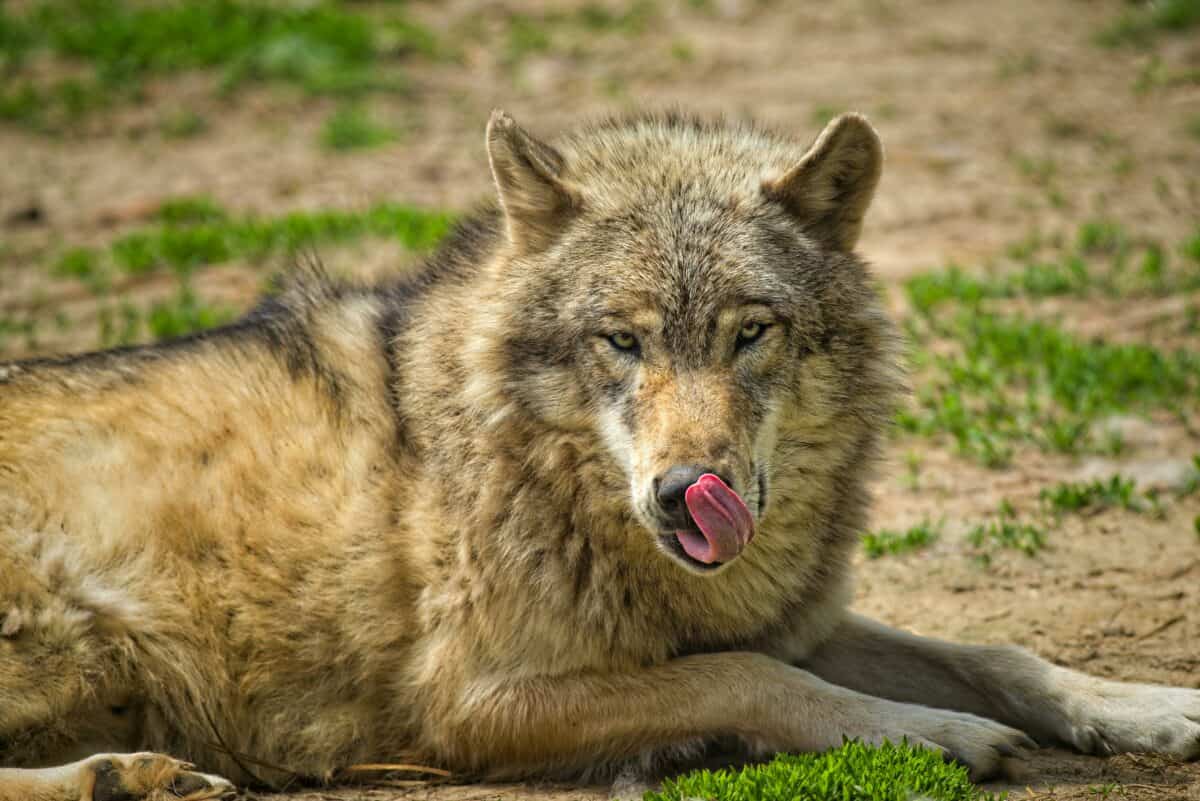
In conclusion, as we look to the future, the story of wolves in Yellowstone continues to evolve. Ongoing research, monitoring, and adaptive management are crucial to sustaining the ecological balance restored by the wolves’ return. Lastly, Yellowstone serves as a living laboratory, offering insights into the challenges and rewards of restoring natural processes in an ever-changing world.
Next Up:
The Mexican Gray Wolf: A Controversial Predator in Arizona
Join our Forum for free today!

- 400-Pound Therapy Llamas named Beni and Prince Ease Travelers’ Stress at Portland International Airport - July 22, 2024
- Woman Captured Howling with Gigantic White Wolf in Beautiful Footage - July 22, 2024
- Florida Police Urge Public to Stop Taking Selfies with ‘Depressed’ Black Bear off Highway 98 in Santa Rosa Beach - July 22, 2024
